
161 posts
Latest Posts by luhuhul - Page 5

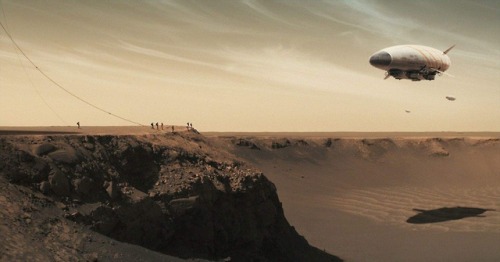
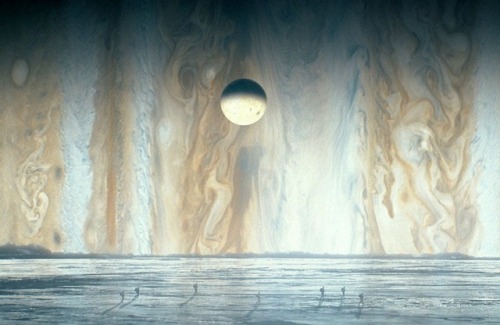

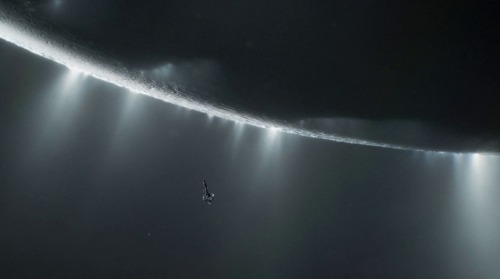
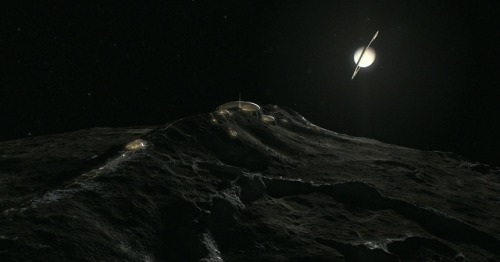
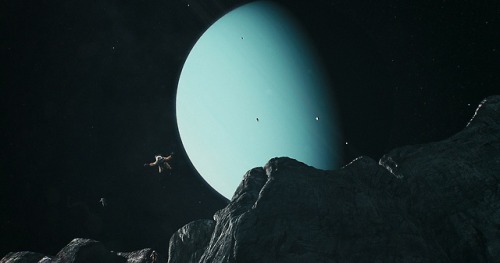
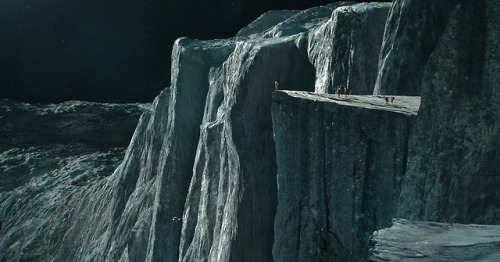

Will we one day explore the worlds of our solar system? How long will this take?
We have a diversity of worlds in our solar system. Majestic places…
Imagine being able to visit Mars and its hostile climate. Imagine being able to visit the moons of Jupiter, observe Io: the volcanic moon, Europa, the frozen moon and Ganymede a moon larger than Mercury itself and that has its own magnetic field. Imagine visiting the moons of Saturn and maybe passing close to your rings… Imagine orbiting or floating through Titan’s atmosphere and closely watching its lakes and seas of methane and liquid ethane. Imagine getting to know the geysers of Enceladus, the valleys of Tethys, and the craters of Mimas… Imagine being able to see the moons of Uranus and have a view of Verona Rupes, the largest cliff of the solar system, located in Miranda. Imagine being able to be in Triton and to be able to observe the cold and azualdo Neptune in the sky…

Lamborghini Countach
© ns images




The 4 Elements of Laika - My Tribute to Laika Studios
Coraline - Water
Norman - Earth
Eggs - Fire
Kubo - Air





The Mystery of Picasso | Henri-Georges Clouzot | 1956
Pablo Picasso
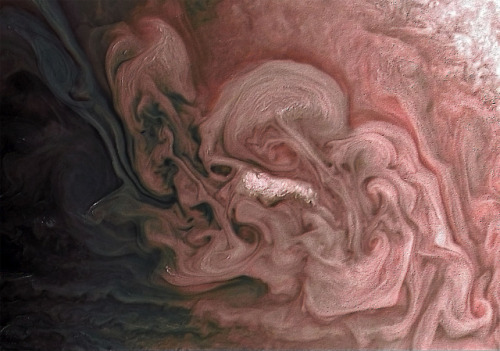
Rose-Colored Jupiter : This image captures a close-up view of a storm with bright cloud tops in the northern hemisphere of Jupiter. (via NASA)
NASA’s New Planet Hunter Reveals a Sky Full of Stars

NASA’s newest planet-hunting satellite — the Transiting Exoplanet Survey Satellite, or TESS for short — has just released its first science image using all of its cameras to capture a huge swath of the sky! TESS is NASA’s next step in the search for planets outside our solar system, called exoplanets.

This spectacular image, the first released using all four of TESS’ cameras, shows the satellite’s full field of view. It captures parts of a dozen constellations, from Capricornus (the Sea Goat) to Pictor (the Painter’s Easel) — though it might be hard to find familiar constellations among all these stars! The image even includes the Large and Small Magellanic Clouds, our galaxy’s two largest companion galaxies.
The science community calls this image “first light,” but don’t let that fool you — TESS has been seeing light since it launched in April. A first light image like this is released to show off the first science-quality image taken after a mission starts collecting science data, highlighting a spacecraft’s capabilities.

TESS has been busy since it launched from NASA’s Kennedy Space Center in Cape Canaveral, Florida. First TESS needed to get into position, which required a push from the Moon. After nearly a month in space, the satellite passed about 5,000 miles from the Moon, whose gravity gave it the boost it needed to get into a special orbit that will keep it stable and maximize its view of the sky.

During those first few weeks, we also got a sneak peek of the sky through one of TESS’s four cameras. This test image captured over 200,000 stars in just two seconds! The spacecraft was pointed toward the constellation Centaurus when it snapped this picture. The bright star Beta Centauri is visible at the lower left edge, and the edge of the Coalsack Nebula is in the right upper corner.

After settling into orbit, scientists ran a number of checks on TESS, including testing its ability to collect a set of stable images over a prolonged period of time. TESS not only proved its ability to perform this task, it also got a surprise! A comet named C/2018 N1 passed through TESS’s cameras for about 17 hours in July.
The images show a treasure trove of cosmic curiosities. There are some stars whose brightness changes over time and asteroids visible as small moving white dots. You can even see an arc of stray light from Mars, which is located outside the image, moving across the screen.

Now that TESS has settled into orbit and has been thoroughly tested, it’s digging into its main mission of finding planets around other stars. How will it spot something as tiny and faint as a planet trillions of miles away? The trick is to look at the star!
So far, most of the exoplanets we’ve found were detected by looking for tiny dips in the brightness of their host stars. These dips are caused by the planet passing between us and its star – an event called a transit. Over its first two years, TESS will stare at 200,000 of the nearest and brightest stars in the sky to look for transits to identify stars with planets.

TESS will be building on the legacy of NASA’s Kepler spacecraft, which also used transits to find exoplanets. TESS’s target stars are about 10 times closer than Kepler’s, so they’ll tend to be brighter. Because they’re closer and brighter, TESS’s target stars will be ideal candidates for follow-up studies with current and future observatories.

TESS is challenging over 200,000 of our stellar neighbors to a staring contest! Who knows what new amazing planets we’ll find?
The TESS mission is led by MIT and came together with the help of many different partners. You can keep up with the latest from the TESS mission by following mission updates.
Make sure to follow us on Tumblr for your regular dose of space: http://nasa.tumblr.com.

Exclusive photos! Step inside the star-studded National Theatre gala in honor of CURIOUS INCIDENT’s Broadway arrival
twenty one pilots // blurryface
Heavydirtysoul

Stressed Out

Ride

Fairly Local

Tear In My Heart

Lane Boy

The Judge

Doubt

Polarize

We Don’t Believe What’s On TV

Message Man

Hometown

Not Today

Goner

twenty one pilots // blurryface
Heavydirtysoul

Stressed Out

Ride

Fairly Local

Tear In My Heart

Lane Boy

The Judge

Doubt

Polarize

We Don’t Believe What’s On TV

Message Man

Hometown

Not Today

Goner







Stressed Out and Ride - Twenty One Pilots
like/reblog if you save

David Bowie. Isolar ll/Stage Tour. 4/3/78 © Ed Finnell


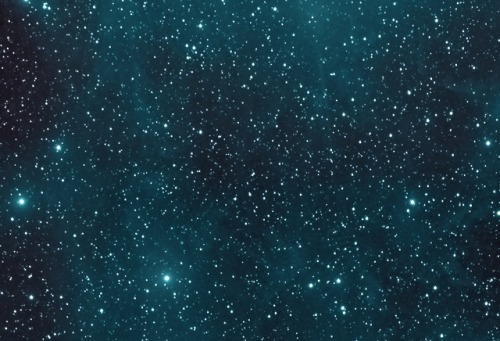
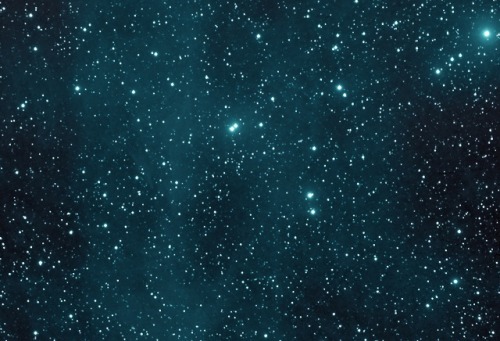
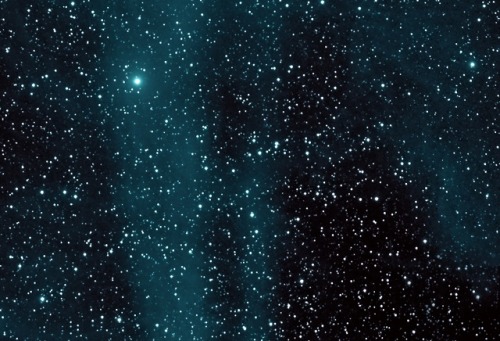
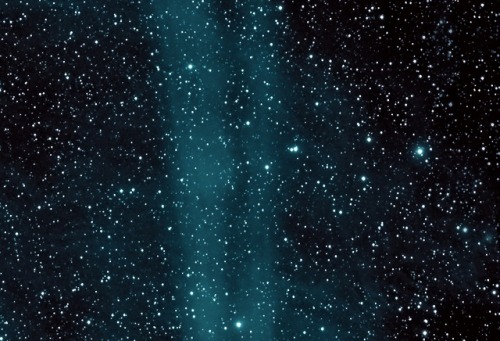
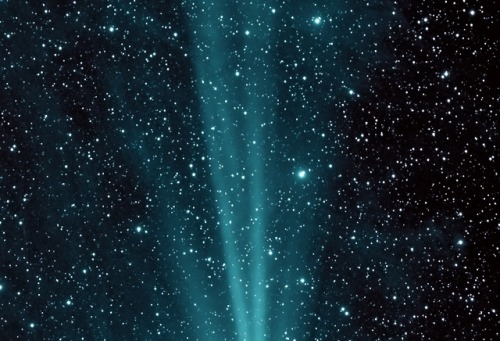
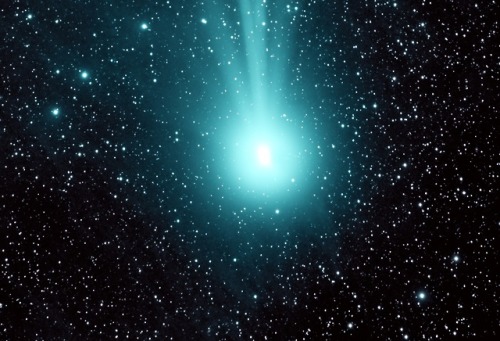
Comet C/2014 Q2 Lovejoy and the Pleiades
Image credit: Joseph Brimacombe
Black Holes are NICER Than You Think!
We’re learning more every day about black holes thanks to one of the instruments aboard the International Space Station! Our Neutron star Interior Composition Explorer (NICER) instrument is keeping an eye on some of the most mysterious cosmic phenomena.

We’re going to talk about some of the amazing new things NICER is showing us about black holes. But first, let’s talk about black holes — how do they work, and where do they come from? There are two important types of black holes we’ll talk about here: stellar and supermassive. Stellar mass black holes are three to dozens of times as massive as our Sun while supermassive black holes can be billions of times as massive!

Stellar black holes begin with a bang — literally! They are one of the possible objects left over after a large star dies in a supernova explosion. Scientists think there are as many as a billion stellar mass black holes in our Milky Way galaxy alone!
Supermassive black holes have remained rather mysterious in comparison. Data suggest that supermassive black holes could be created when multiple black holes merge and make a bigger one. Or that these black holes formed during the early stages of galaxy formation, born when massive clouds of gas collapsed billions of years ago. There is very strong evidence that a supermassive black hole lies at the center of all large galaxies, as in our Milky Way.

Imagine an object 10 times more massive than the Sun squeezed into a sphere approximately the diameter of New York City — or cramming a billion trillion people into a car! These two examples give a sense of how incredibly compact and dense black holes can be.
Because so much stuff is squished into such a relatively small volume, a black hole’s gravity is strong enough that nothing — not even light — can escape from it. But if light can’t escape a dark fate when it encounters a black hole, how can we “see” black holes?

Scientists can’t observe black holes directly, because light can’t escape to bring us information about what’s going on inside them. Instead, they detect the presence of black holes indirectly — by looking for their effects on the cosmic objects around them. We see stars orbiting something massive but invisible to our telescopes, or even disappearing entirely!
When a star approaches a black hole’s event horizon — the point of no return — it’s torn apart. A technical term for this is “spaghettification” — we’re not kidding! Cosmic objects that go through the process of spaghettification become vertically stretched and horizontally compressed into thin, long shapes like noodles.

Scientists can also look for accretion disks when searching for black holes. These disks are relatively flat sheets of gas and dust that surround a cosmic object such as a star or black hole. The material in the disk swirls around and around, until it falls into the black hole. And because of the friction created by the constant movement, the material becomes super hot and emits light, including X-rays.
At last — light! Different wavelengths of light coming from accretion disks are something we can see with our instruments. This reveals important information about black holes, even though we can’t see them directly.

So what has NICER helped us learn about black holes? One of the objects this instrument has studied during its time aboard the International Space Station is the ever-so-forgettably-named black hole GRS 1915+105, which lies nearly 36,000 light-years — or 200 million billion miles — away, in the direction of the constellation Aquila.
Scientists have found disk winds — fast streams of gas created by heat or pressure — near this black hole. Disk winds are pretty peculiar, and we still have a lot of questions about them. Where do they come from? And do they change the shape of the accretion disk?

It’s been difficult to answer these questions, but NICER is more sensitive than previous missions designed to return similar science data. Plus NICER often looks at GRS 1915+105 so it can see changes over time.
NICER’s observations of GRS 1915+105 have provided astronomers a prime example of disk wind patterns, allowing scientists to construct models that can help us better understand how accretion disks and their outflows around black holes work.

NICER has also collected data on a stellar mass black hole with another long name — MAXI J1535-571 (we can call it J1535 for short) — adding to information provided by NuSTAR, Chandra, and MAXI. Even though these are all X-ray detectors, their observations tell us something slightly different about J1535, complementing each other’s data!
This rapidly spinning black hole is part of a binary system, slurping material off its partner, a star. A thin halo of hot gas above the disk illuminates the accretion disk and causes it to glow in X-ray light, which reveals still more information about the shape, temperature, and even the chemical content of the disk. And it turns out that J1535’s disk may be warped!

Image courtesy of NRAO/AUI and Artist: John Kagaya (Hoshi No Techou)
This isn’t the first time we have seen evidence for a warped disk, but J1535’s disk can help us learn more about stellar black holes in binary systems, such as how they feed off their companions and how the accretion disks around black holes are structured.
NICER primarily studies neutron stars — it’s in the name! These are lighter-weight relatives of black holes that can be formed when stars explode. But NICER is also changing what we know about many types of X-ray sources. Thanks to NICER’s efforts, we are one step closer to a complete picture of black holes. And hey, that’s pretty nice!
Make sure to follow us on Tumblr for your regular dose of space: http://nasa.tumblr.com.


Roses, c. 1890. Abbott Handerson Thayer










Ask Ethan: Is Spacetime Really A Fabric?
“I’d like somebody to finally acknowledge and admit that showing balls on a bed sheet doesn’t cut it as a picture of reality.”
Okay, I admit it: visualizing General Relativity as balls on a bedsheet doesn’t make a whole lot of sense. For one, if this is what gravity is supposed to be, what pulls the balls “down” onto the bedsheet? For another, if space is three dimensional, why are we talking about a 2D “fabric” of space? And for another, why do these lines curve away from the mass, rather than towards it?
It’s true: this visualization of General Relativity is highly flawed. But, believe it or not, all visualizations of General Relativity inherently have similar flaws. The reason is that space itself is not an observable thing! In Einstein’s theory, General Relativity provides the link between the matter and energy in the Universe, which determines the geometric curvature of spacetime, and how the rest of the matter and energy in the Universe moves in response to that. In this Universe, we can only measure matter and energy, not space itself. We can visualize it how we like, but all visualizations are inherently flawed.
Come get the story of how to make as much sense as possible out of the Universe we actually have.








Requiem for a Dream (2000, Darren Aronofsky)










Dancer in the Dark | Lars von Trier | 2000

Dancer in the Dark (1999) dir. Lars von Trier
“This isn’t the last song, there’s no violin, the choir is quiet, and no one takes a spin, this is the next to last song, and that’s all…”


Bjork




First color pouring (of course twenty one pilots inspired)
Click on it for better quality












– list of historical films –
– 1500s–1600s –
1. the other boleyn girl (2008)
2. elizabeth (1998)
3. elizabeth: the golden age (2007)
4. anonymous (2011)
5. shakespeare in love (1998)
6. the libertine (2004)
7. the three musketeers (1948)
8. lady jane (1985)
9. stage beauty (2004)
– 1700s –
1. the duchess (2008)
2. marie antoinette (2005)
3. pride and prejudice (tv, 1995)
4. sense and sensibility (1995)
5. becoming jane (2006)
6. the madness of king george (1994)
7. perfume: story of a murderer (2006)
8. a little chaos (2014)
9. girl with a pearl earring (2003)
10. belle (2013)
– 1800s –
1. young victoria (2009)
2. mrs brown (1997)
3. victoria and abdul (2017)
4. jane eyre (2011)
5. mr. turner (2014)
6. wilde (1997)
7. dorian gray (2009)
8. the woman in black (2012)
9. anna karenina (1948)
10. the importance of being earnest (2002)
11. bright star (2009)
12. viceroys house (2017)
13. miss potter (2006)
14. creation (2009)
15. the invisible woman (2012)
16. from hell (2011)
17. the limehouse golem (2016)
18. hysteria (2010)
19. effie gray (2014)
20. great expectations (2012)
21. far from the madding crowd (2015)
– 1900s –
1. maurice (1987)
2. brideshead revisited (tv, 1981)
4. suffragette (2015)
5. the englishman who went up a hill but came down a mountain (1995)
6. enid (tv, 2009)
7. sunset song (2015)
8. finding neverland (2004)
9. war horse (2011)
10. a dangerous method (2011)
11. another country (1984)
12. jimmy’s hall (2014)
13. the edge of love (2008)
14. their finest (2017)
15. gosford park (2001)
16. glorious 39 (2009)
17. easy virtue (2008)
18. dunkirk (2017)
19. the danish girl (2015)
20. atonement (2007)
21. queen & country (2014)
22. private peaceful (2012)
23. the book thief (2013)
24. testament of youth (2014)
25. boy in striped pyjamas (2008)
26. the others (2001)
27. anthropoid (2016)
28. zoo keepers wife (2017)
29. the royal night out (2015)
30. a united kingdom (2016)
31. another mother’s son (2017)
32. the woman in gold (2015)
33. the king’s speech (2010)
34. the monuments men (2014)
35. the wind that shakes the barley (2006)
36. the man who knew infinity (2015)
37. suite française (2014)
38. the theory of everything (2014)
39. the imitation game (2014)
40. the railway man (2013)
41. the magdalene sisters (2002)

Barbara Bouchet - Casino Royale (1967).

Iggy, DB and Coco in Japan, 1977.






“What happens after the glamour? What happens beyond the storybook ending? What happens when everything has worked out and you find out that you’re just a couple of people sitting on a bus, wondering who the hell you and the person beside you are?”
The Graduate (1967) dir. Mike Nichols

Launch and Landing : A composite of three consecutive exposures, this night skyscape follows the January 7 launch and first stage landing of a Falcon 9 rocket from a beach on planet Earth’s space coast. With the launch from Cape Canaveral Air Force Station, the bright streak beginning farthest left traces the initial phase of the rocket’s flight. A visible upward hook marks the first stage beginning its return trajectory with a “boostback burn” near the top of the arc, while the second stage separates and continues toward orbit. Above the top of the launch arc due to perspective, a bright streak shows the returning first stage slowing and descending toward the Cape. Centered below, the streak at the horizon is a 17 second burn finally slowing the first stage to a successful vertical landing about 8 minutes after launch at Landing Zone 1. During the scene’s effective long exposure time, the background stars leave short trails in the night sky of the rotating planet. via NASA

Georgia O’Keeffe, Cup of Silver, 1939
AI, Cancer Therapy and Chemical Gardens Headed to Space Station
A new batch of science is headed to the International Space Station aboard the SpaceX Dragon on the company’s 15th mission for commercial resupply services. The spacecraft will deliver science that studies the use of artificial intelligence, plant water use all over the planet, gut health in space, more efficient drug development and the formation of inorganic structures without the influence of Earth’s gravity.
Take a look at five investigations headed to space on the latest SpaceX resupply:

Credits: DLR
As we travel farther into space, the need for artificial intelligence (AI) within a spacecraft increases.

Credits: DLR
Mobile Companion, a European Space Agency (ESA) investigation, explores the use of AI as a way to mitigate crew stress and workload during long-term spaceflight.

Credits: DLR
Plants regulate their temperature by releasing water through tiny pores on their leaves. If they have sufficient water they can maintain their temperature, but if water is insufficient their temperatures rise. This temperature rise can be measured with a sensor in space.

Credits: NASA/JPL-Caltech
ECOSTRESS measures the temperature of plants and uses that information to better understand how much water plants need and how they respond to stress.

Credits: Northwestern University
Spaceflight has an on impact many bodily systems. Rodent Research-7 takes a look at how the microgravity environment of space affects the community of microoganisms in the gastrointestinal tract, or microbiota.
The study also evaluates relationships between system changes, such as sleep-wake cycle disruption, and imbalance of microbial populations, to identify contributing factors and supporting development of countermeasures to protect astronaut health during long-term missions, as well as to improve the treatment of gastrointestinal, immune, metabolic and sleep disorders on Earth.

Credits: Angiex
Cardiovascular diseases and cancer are the leading causes of death in developed countries. Angiex Cancer Therapy examines whether microgravity-cultured endothelial cells represent a valid in vitro model to test effects of vascular-targeted agents on normal blood vessels.
Results may create a model system for designing safer drugs, targeting the vasculature of cancer tumors and helping pharmaceutical companies design safer vascular-targeted drugs.

Credits: Oliver Steinbock chemistry group at Florida State University
Chemical Gardens are structures that grow during the interaction of metal salt solutions with silicates, carbonates or other selected anions. Their growth characteristics and attractive final shapes form from a complex interplay between reaction-diffusion processes and self-organization.

Credits: Oliver Steinbock chemistry group at Florida State University
On Earth, gravity-induced flow due to buoyancy differences between the reactants complicates our understanding of the physics behind these chemical gardens. Conducting this experiment in a microgravity environment ensures diffusion-controlled growth and allows researchers a better assessment of initiation and evolution of these structures.
These investigations join hundreds of others currently happening aboard the orbiting laboratory.
For daily updates, follow @ISS_Research, Space Station Research and Technology News or our Facebook. For opportunities to see the space station pass over your town, check out Spot the Station.
Make sure to follow us on Tumblr for your regular dose of space: http://nasa.tumblr.com
AI, Cancer Therapy and Chemical Gardens Headed to Space Station
A new batch of science is headed to the International Space Station aboard the SpaceX Dragon on the company’s 15th mission for commercial resupply services. The spacecraft will deliver science that studies the use of artificial intelligence, plant water use all over the planet, gut health in space, more efficient drug development and the formation of inorganic structures without the influence of Earth’s gravity.
Take a look at five investigations headed to space on the latest SpaceX resupply:

Credits: DLR
As we travel farther into space, the need for artificial intelligence (AI) within a spacecraft increases.

Credits: DLR
Mobile Companion, a European Space Agency (ESA) investigation, explores the use of AI as a way to mitigate crew stress and workload during long-term spaceflight.

Credits: DLR
Plants regulate their temperature by releasing water through tiny pores on their leaves. If they have sufficient water they can maintain their temperature, but if water is insufficient their temperatures rise. This temperature rise can be measured with a sensor in space.

Credits: NASA/JPL-Caltech
ECOSTRESS measures the temperature of plants and uses that information to better understand how much water plants need and how they respond to stress.

Credits: Northwestern University
Spaceflight has an on impact many bodily systems. Rodent Research-7 takes a look at how the microgravity environment of space affects the community of microoganisms in the gastrointestinal tract, or microbiota.
The study also evaluates relationships between system changes, such as sleep-wake cycle disruption, and imbalance of microbial populations, to identify contributing factors and supporting development of countermeasures to protect astronaut health during long-term missions, as well as to improve the treatment of gastrointestinal, immune, metabolic and sleep disorders on Earth.

Credits: Angiex
Cardiovascular diseases and cancer are the leading causes of death in developed countries. Angiex Cancer Therapy examines whether microgravity-cultured endothelial cells represent a valid in vitro model to test effects of vascular-targeted agents on normal blood vessels.
Results may create a model system for designing safer drugs, targeting the vasculature of cancer tumors and helping pharmaceutical companies design safer vascular-targeted drugs.

Credits: Oliver Steinbock chemistry group at Florida State University
Chemical Gardens are structures that grow during the interaction of metal salt solutions with silicates, carbonates or other selected anions. Their growth characteristics and attractive final shapes form from a complex interplay between reaction-diffusion processes and self-organization.

Credits: Oliver Steinbock chemistry group at Florida State University
On Earth, gravity-induced flow due to buoyancy differences between the reactants complicates our understanding of the physics behind these chemical gardens. Conducting this experiment in a microgravity environment ensures diffusion-controlled growth and allows researchers a better assessment of initiation and evolution of these structures.
These investigations join hundreds of others currently happening aboard the orbiting laboratory.
For daily updates, follow @ISS_Research, Space Station Research and Technology News or our Facebook. For opportunities to see the space station pass over your town, check out Spot the Station.
Make sure to follow us on Tumblr for your regular dose of space: http://nasa.tumblr.com